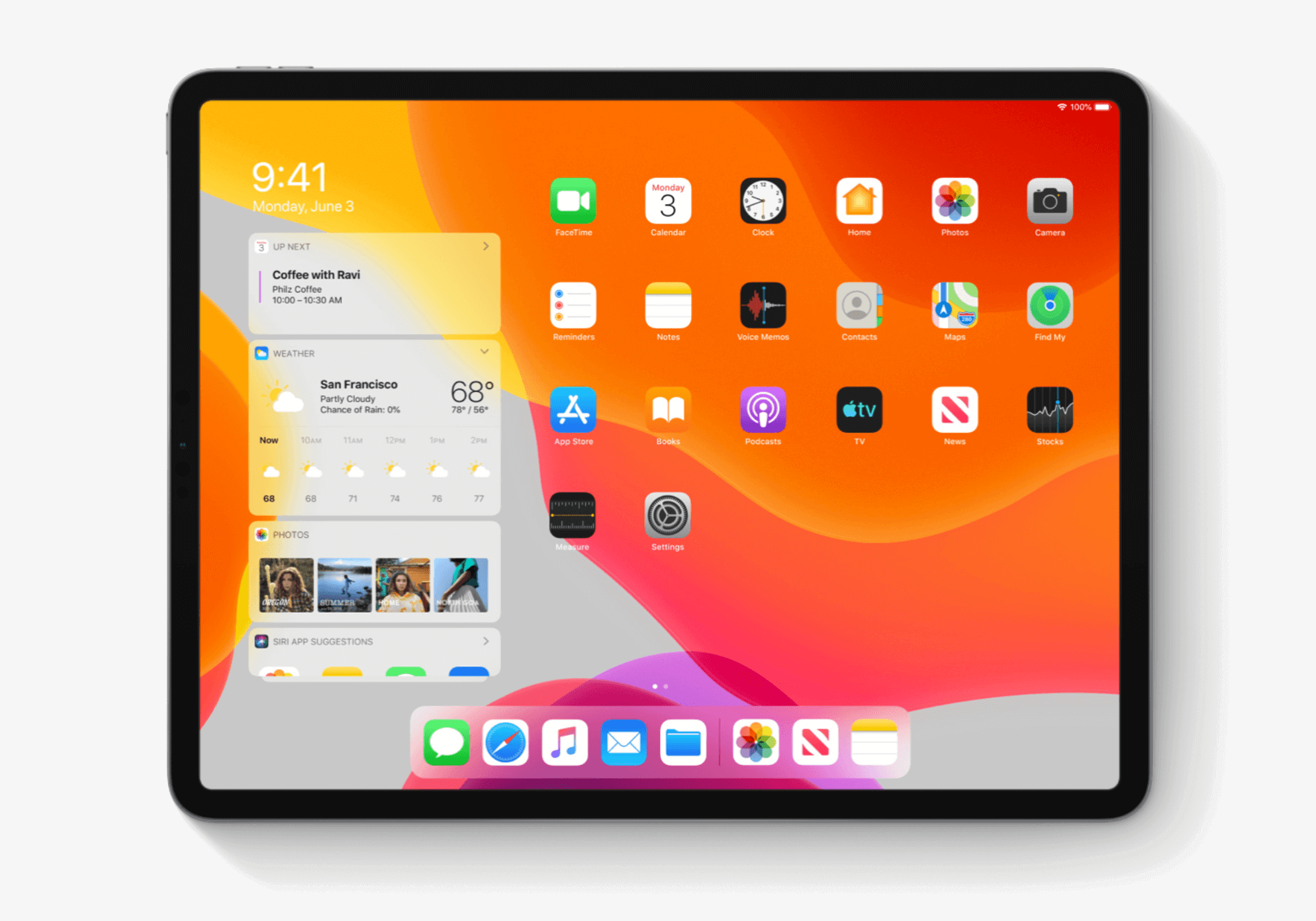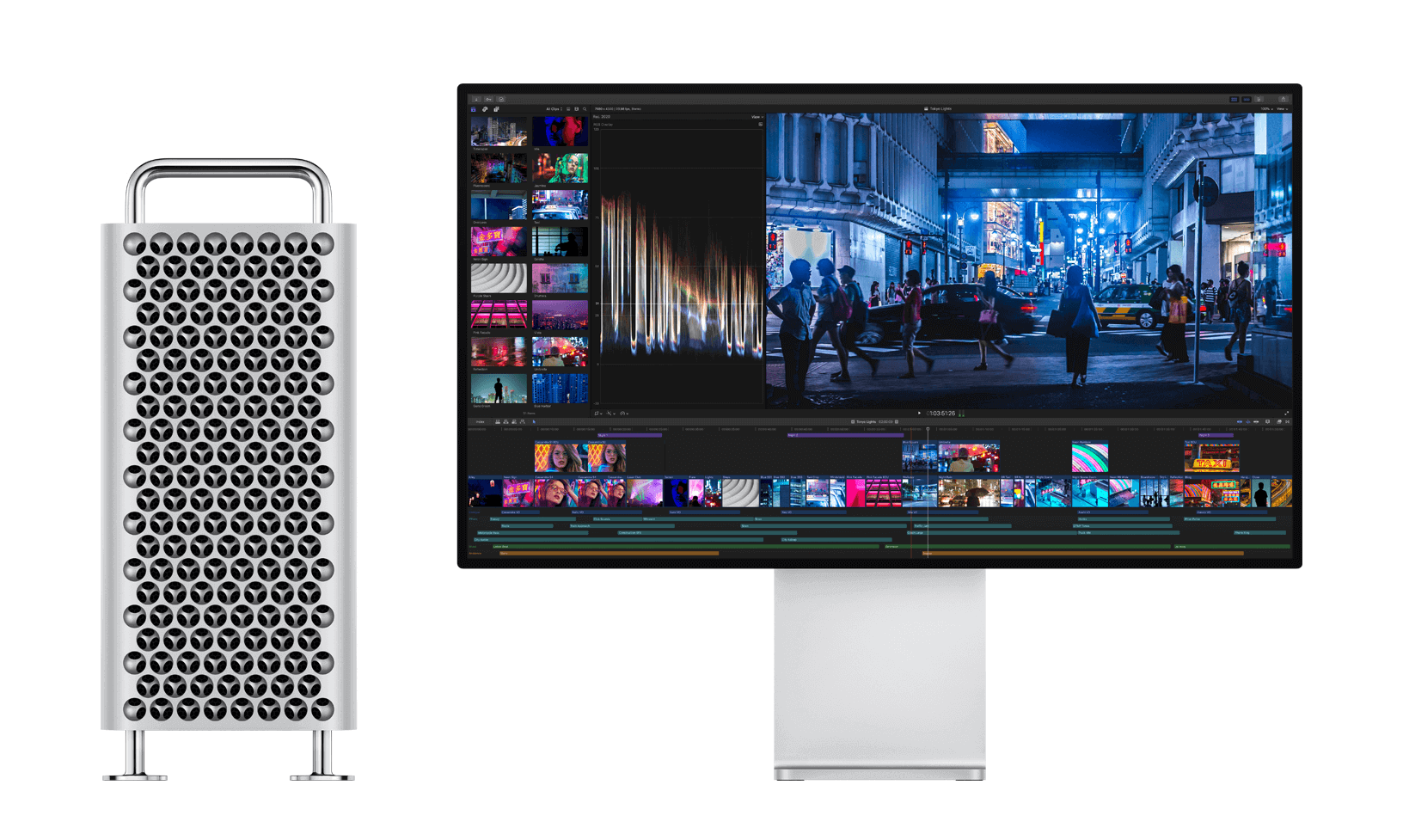The big picture: Is the iPad really a computer? Or is it a computing accessory? That’s a question that’s triggered enormous amounts of debate and discussion for many years now, and regardless of where you stand on the issue, it’s one that has never really been definitively answered. At yesterday’s WWDC, however, Apple took some big steps towards an affirmative answer with the launch of iPadOS and all the latest enhancements it entails.

Most importantly, the introduction of a true file system and the Files app to access it puts the iPad in a similar class to other “full” computers. Though Steve Jobs may be rolling in his grave because of it (he was notoriously averse to anything like a visible file system for the iPad), it’s something that the iPad has desperately needed for those who want to run computer-esque productivity apps and do enterprise-like work on the device. It turns out storing, finding, and organizing files on local storage—and having easy access to external storage (like USB sticks!)—is an absolutely essential part of those types of efforts. Without it, the iPad was severely handicapped; with it, it’s time to give a fresh look to the concept of tablet computing.

In addition, though Apple didn't talk about it, the forthcoming version of iPadOS (expected this fall along with iOS 13, tvOS 13, WatchOS 6 and MacOS Catalina) also includes support for Bluetooth mice. The feature is currently hidden in some accessibility settings, but it’s hard to imagine Apple keeping it there for too long, as the lack of mouse and true cursor support has been a lingering concern around iPad computing for some time as well. Now that the secret’s out, serious iPad users will be clamoring for it.
But Apple’s blurring of device lines wasn't limited to iPads becoming more computer-like. There were also several introductions that highlighted how the iPad can become a more useful computer accessory. Most notable of these was the debut of the new Sidecar feature in MacOS Catalina that will let you use an iPad as a secondary monitor for your Mac. While there are certainly cheaper options for dedicated monitors, the ability to let you use your iPad as a secondary display on an occasional (or even regular) basis is something that many Mac users will undoubtedly find very useful. In an age of increased multitasking, there’s never enough screen real estate, so options to extend your desktop and apps across multiple screens make a great deal of sense.
Interestingly, because Sidecar also supports Apple Pencil on the connected iPad, it’s almost like bringing some level of touch-screen support to the Mac. To be clear, it only works with Mac apps that currently support stylus input (think graphics apps), but it can add a Touch Bar, even to Macs that currently don’t have them, and will likely lead to other touch-enabled features.
These new announcements show that Apple is becoming the kind of company that’s perfectly comfortable with embracing the uncertainty and blurriness of today’s digital product categories.
Another critical iPad to Mac benefit is that the company’s new Project Catalyst, which allows developers to easily move some of the 1 million apps designed for iPads over to the Mac. Apple said it used the technology to move some of its own apps, such as Apple News, Stocks, Home, etc., over to MacOS, and with Project Catalyst, they’re opening up the same capability to developers who use the company’s Xcode development tools. Given the relative dearth of new Mac applications, this is a critical step for the ongoing life of the Mac platform.
What’s interesting about all these developments is that Apple is taking a new approach to its various product categories that seems less concerned with potential overlap and more concerned with providing the best advances possible for each. In other words, in the past, Apple appeared to be very conscious of the potential confusion that could be created in understanding what an iPad could do (and how it could be done) versus what a Mac could do. Hence, there was much more separation between the iPad and the Mac in terms of capability and functionality.
As device usage trends, product category sales trends, the impact of the cloud, and several other realities of the modern digital world have evolved, however, Apple seems to be much less worried about defining the categories (and limits) of each of its devices. Instead, these new announcements suggest that they want to leverage whatever resources they can to make the iPad experience as good as it can be and the Mac experience as good as it can be. This new approach towards the realities of our multi-device world may create some confusion among some people about what device to buy, or which one to use for certain applications or in certain situations. In the long run, however, it seems to be a much healthier perspective that allows people to get the most out of whatever individual devices, or combination of devices, they happen to have access to.

From an overall perspective, these developments are particularly important for the Mac, which has certainly seemed to be Apple’s abandoned stepchild for quite some time now. In conjunction with the impressive-looking new Intel and AMD-powered Mac Pro also introduced at WWDC, however, it’s clear that Apple is providing some much-needed love to its first platform device.
If Apple really wants to get serious about letting people use their products and services across the reality of today’s complex multi-device world, they’re going to have to do a lot more work in getting some of their devices (like Apple Watch), applications, and services to work across other non-Apple platforms (as I’m sure they’ll eventually do). In the meantime, however, these new announcements show that Apple is becoming the kind of company that’s perfectly comfortable with embracing the uncertainty and blurriness of today’s digital product categories.
Bob O’Donnell is the founder and chief analyst of TECHnalysis Research, LLC a technology consulting and market research firm. You can follow him on Twitter @bobodtech. This article was originally published on Tech.pinions.
Image credit: William Iven via Unsplash
https://www.techspot.com/news/80364-opinion-apple-blurs-lines-across-devices.html